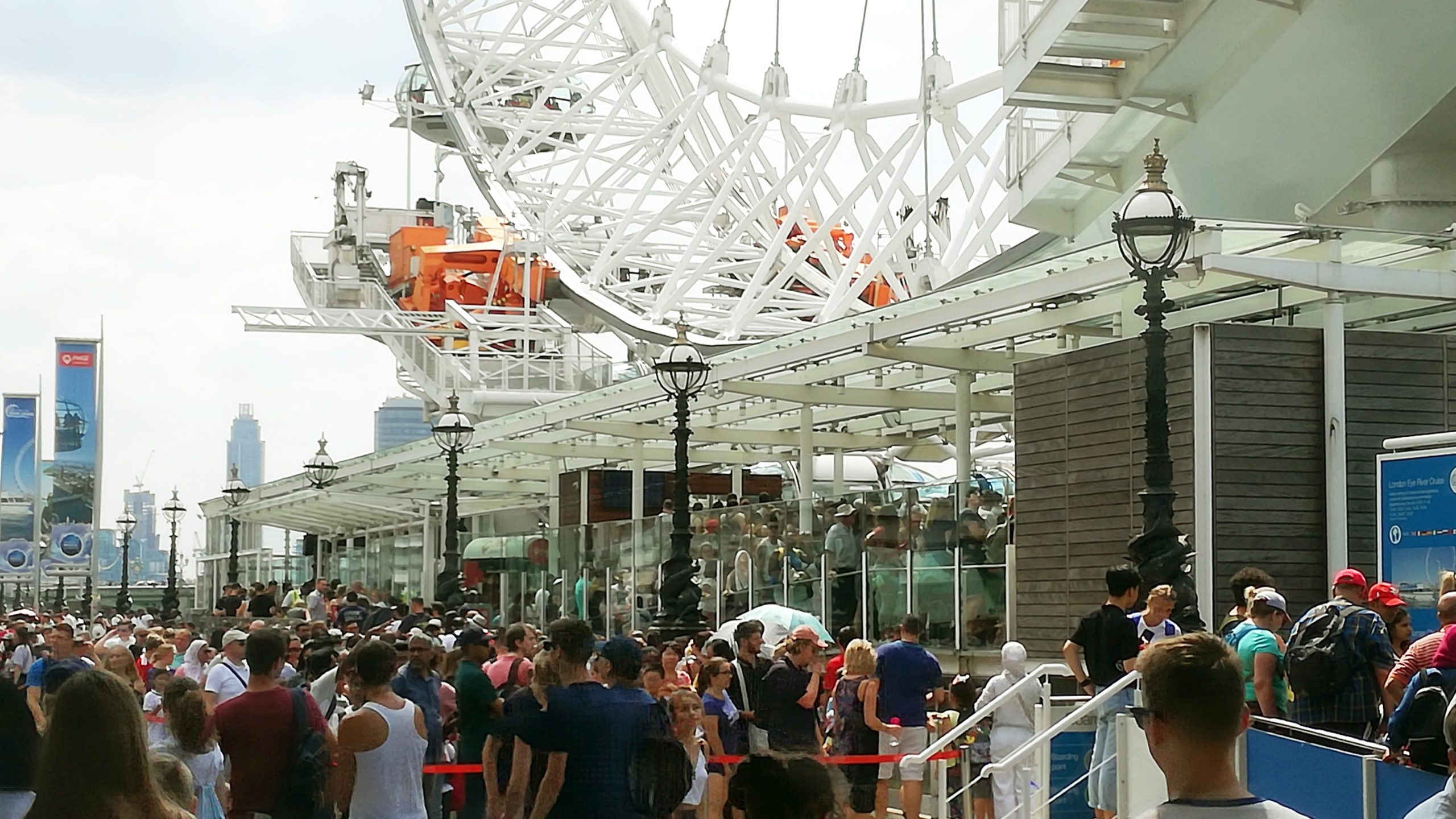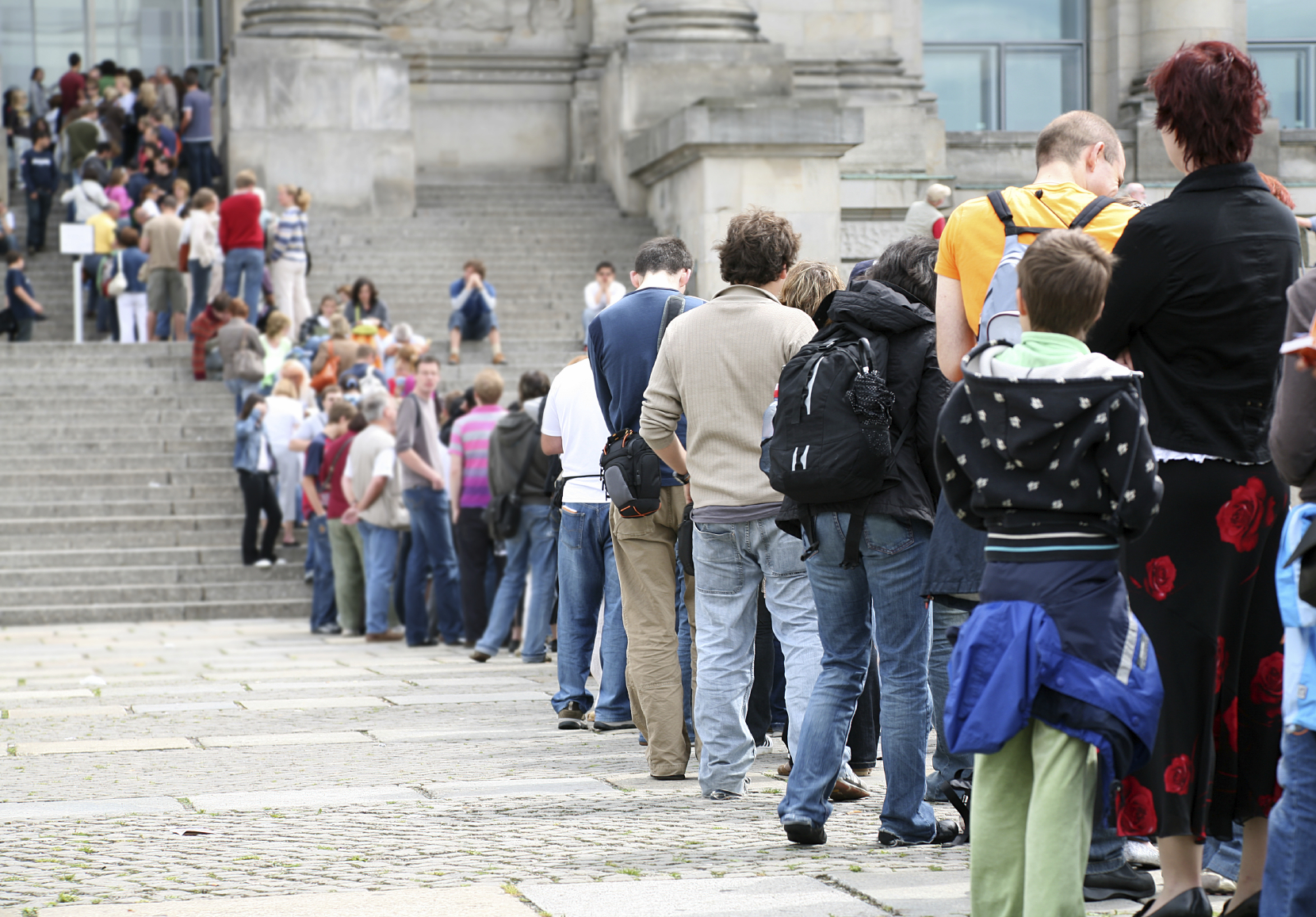- Home
- Sectors
- Solutions
- Tensabarrier®
- Tensator® Charging Stations
- Tensamedia® Wayfinding and Signage
- Lawrence® Post & Rope
- Tensator® Airport Passenger Guidance System
- Electronic Queuing – eQ™
- Tensaguide® Modular Barrier System
- Tensator Micam Protection – TMP
- Safety Solutions
- Access Control
- In-Queue Merchandising
- Holographic Virtual Assistant
- Virtual Queuing – VQMS
- Custom & Bespoke Solutions
- Resources
- About
- Contact Us
- Shop
 English (English)
English (English)
27
Jun

Visitors have had to endure longer entry queues and waiting times at several UK events this summer, as venues have increased their security measures in response to terrorist attacks over the past year. Large groups of people at any form of an event are potentially a target, so naturally, extra precautions to manage event safety efficiently need to be taken. But unfortunately this often leads to disruption, outspoken grievances and in extreme cases, even personal injuries.
Public safety at events and the management of masses of people are two very different variables to consider. Private security staff are not always equipped to effectively deal with large crowds, so the necessary training and equipment need to be aligned with the crowd management solutions in place to effectively manage event safety. Opening a multi-lane queue system upon entry to a queue or attraction will allow guests to be evenly distributed. This is tremendous in terms of queuing psychology for visitors as lines are perceived to be shorter, improving the waiting experience.
Other safety issues like uneven flooring or obstructions cannot always be easily eliminated, but they can be substantially reduced at comparatively little cost, especially with various government grants available. However, avoiding such hazards needs to be made easy for everyone, including those with sight or mobility problems.
According to Attitude is Everything, a charity working to improve access to live music for disabled and deaf music fans, there is a growing international movement towards accessibility. Given that the number of deaf and disabled concertgoers rose by 26 per cent in 2015, and that the ‘purple pound’s’ collective spending power is now worth around £250 billion, facility managers need to make sure the needs of all event attendees are properly catered for.
Disabled people are often intimidated in public places due to the number of physical obstacles they could potentially encounter, which is magnified even more when venues are overly crowded. Where an area is cordoned off, whether it be at a festival, VIP area or sports stadium, there is a danger that the marker itself could become an obstruction. Deploying low-profile bases on queue management systems such as Tensabarrier®, means that wheelchair-users can pass over the unit without obstruction, even when space is limited. Managers should seek out products with bevelled edges that measure only a few millimetres in height, as the low edges will reduce the risk of trips and falls.
How to manage event safety
To manage event safety efficiently, carry out regular, detailed risk assessments, and use these findings to implement the latest queuing solutions to minimise hazards. This will help staff facilitate people in a safe and effective manner, especially in high footfall areas. An example of this can be seen at the Emirates Air Line cable car, a popular London-based tourist attraction and mode of transport, which runs between Greenwich Peninsula and Royal Victoria Dock. It has safely connected over 8 million visitors to major destinations such as The O2 and ExCeL London, where a perimeter of 150 barriers have been installed around the entrance, guiding visitors towards the card readers.
While safety is, and should always be, the most paramount concern for facility managers, the commercial benefits of a smooth and efficient customer journey shouldn’t be underestimated. Ensuring a positive visitor experience is maintained from the moment an individual arrives to when they leave an event or venue is critical to maximising customer retention levels, repeat purchases and ultimately, business success.
Event safety solutions
As previously mentioned, a popular solution to help manage event safety is our Tensabarrier® range. To find out more about the different options we provide, please take a look at our brochure. To download the guide, please click on the image below.




